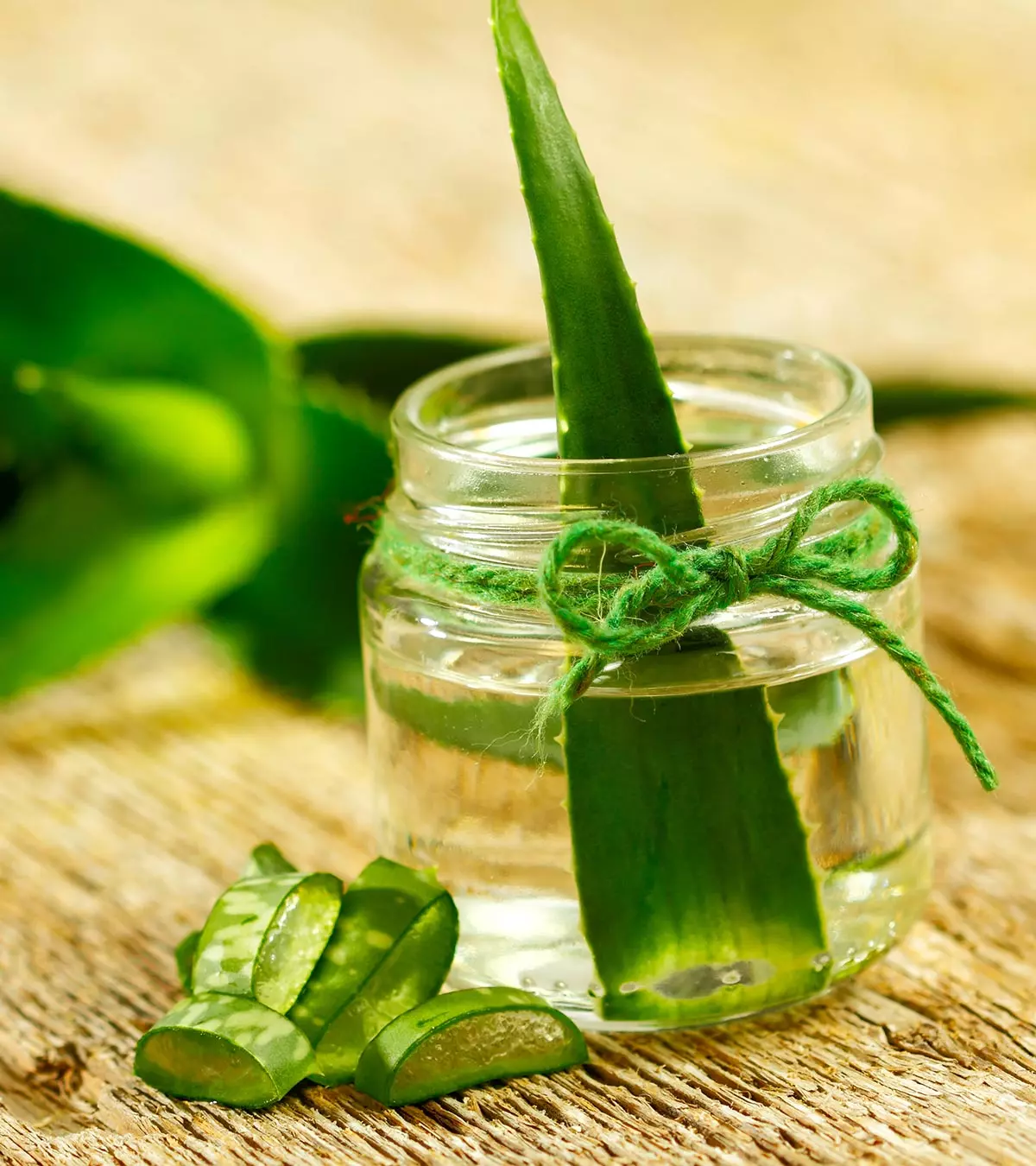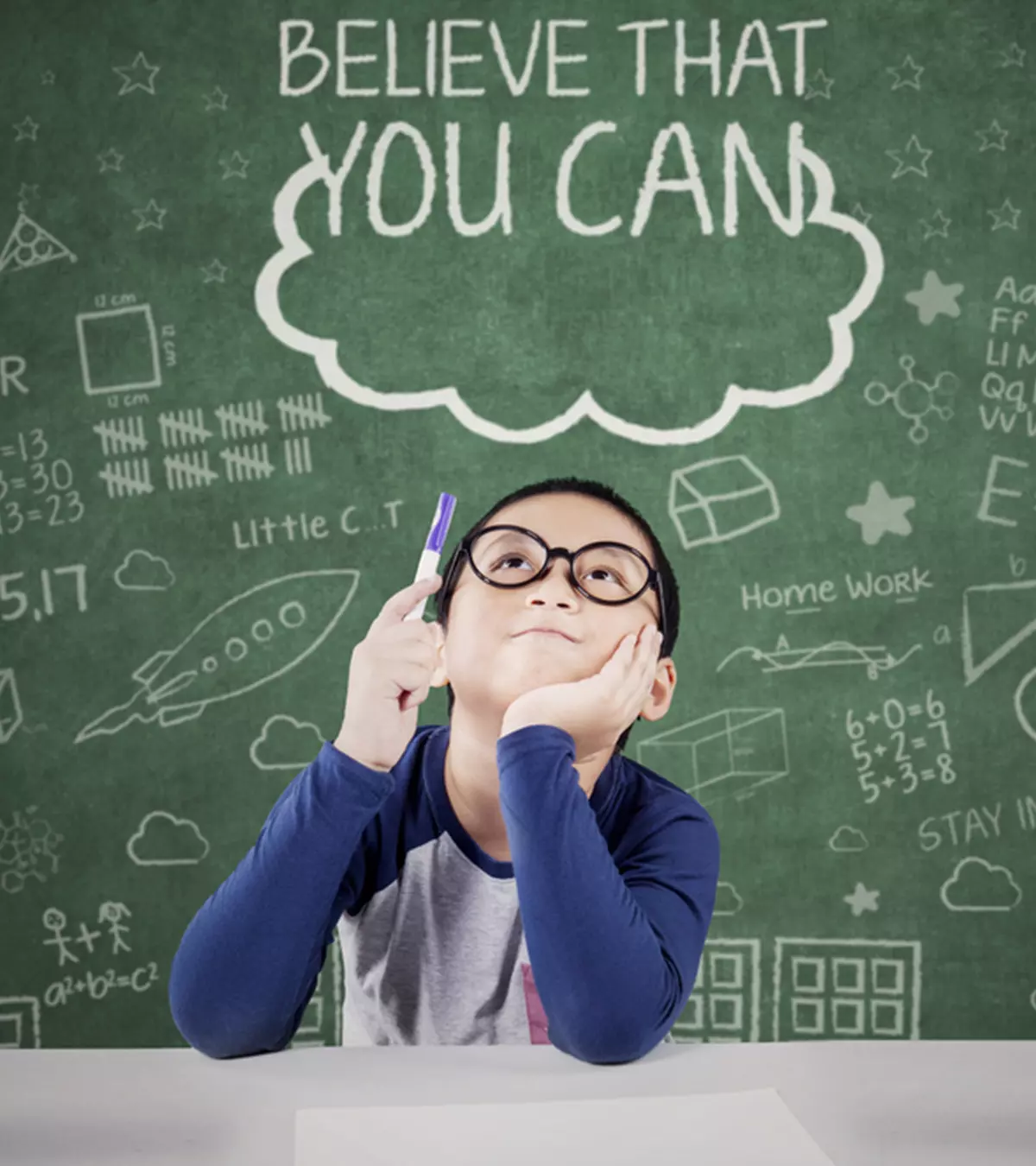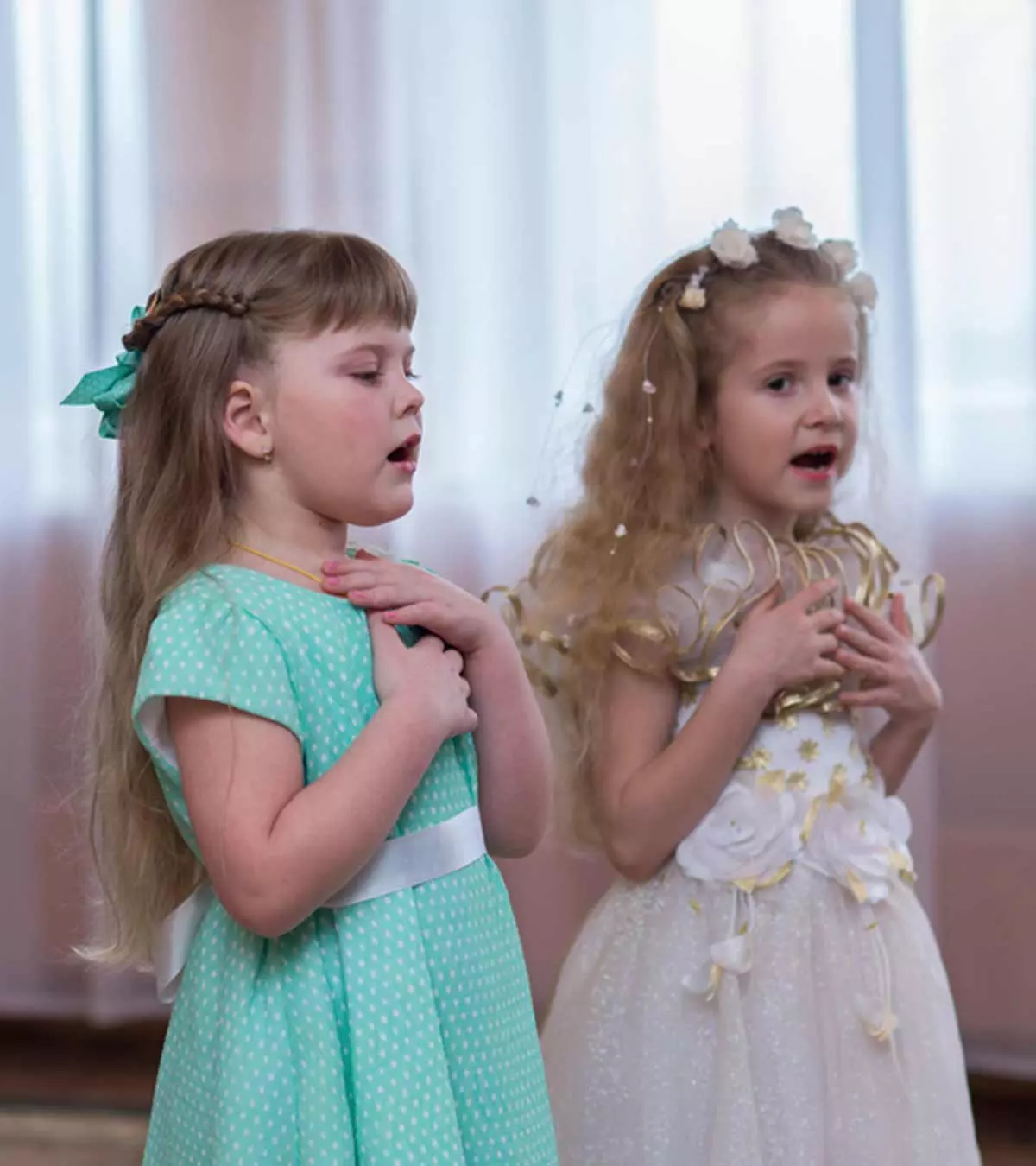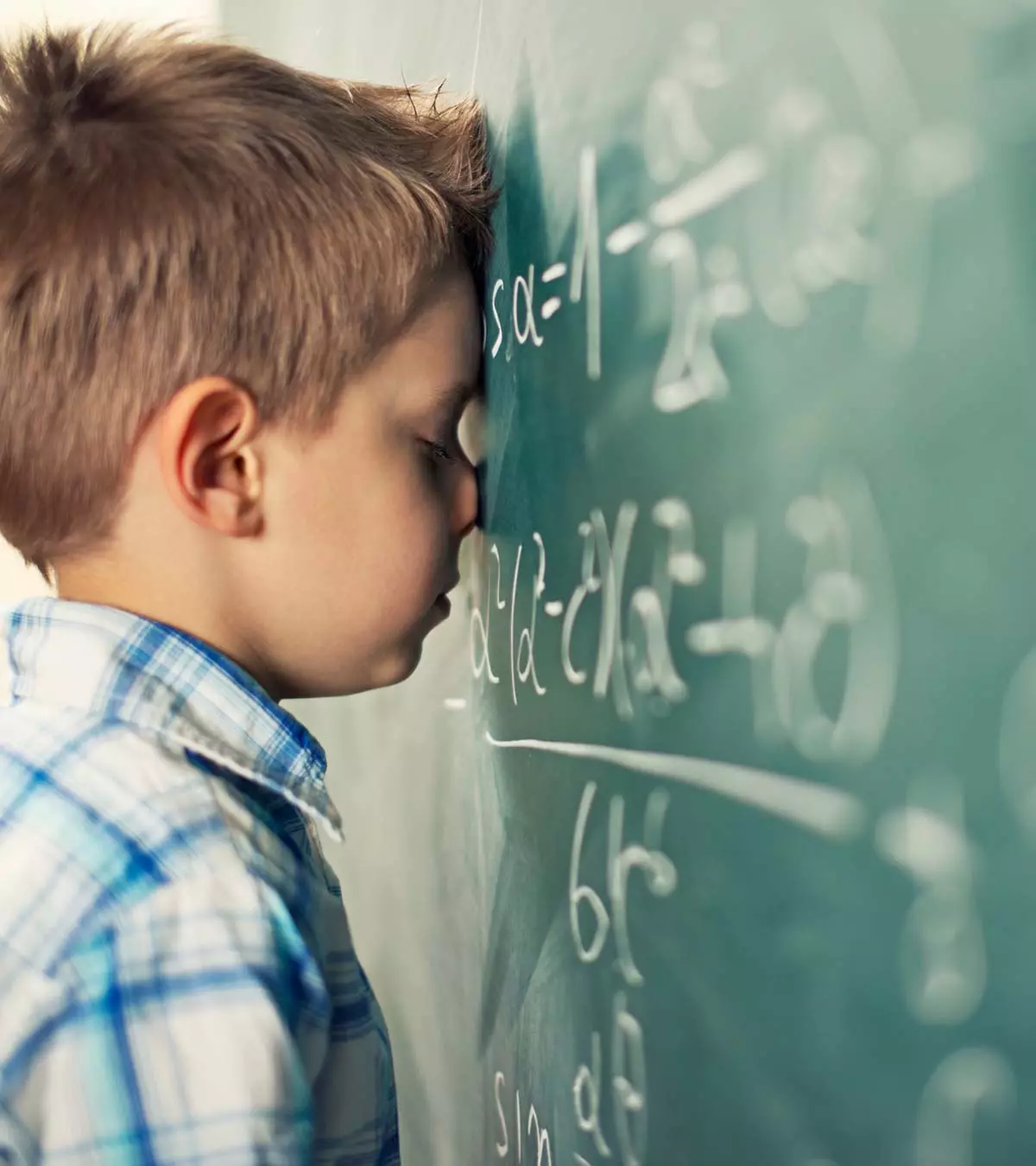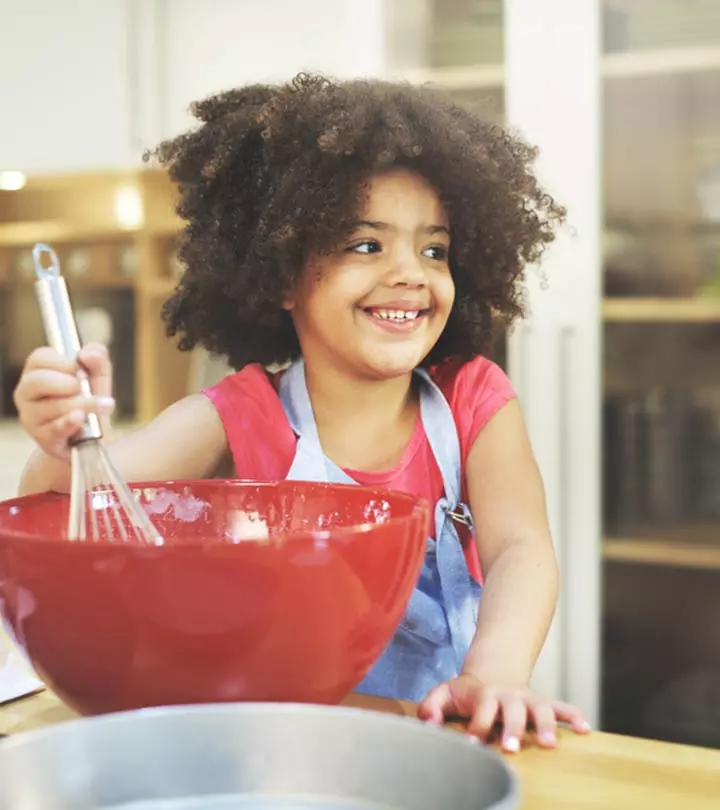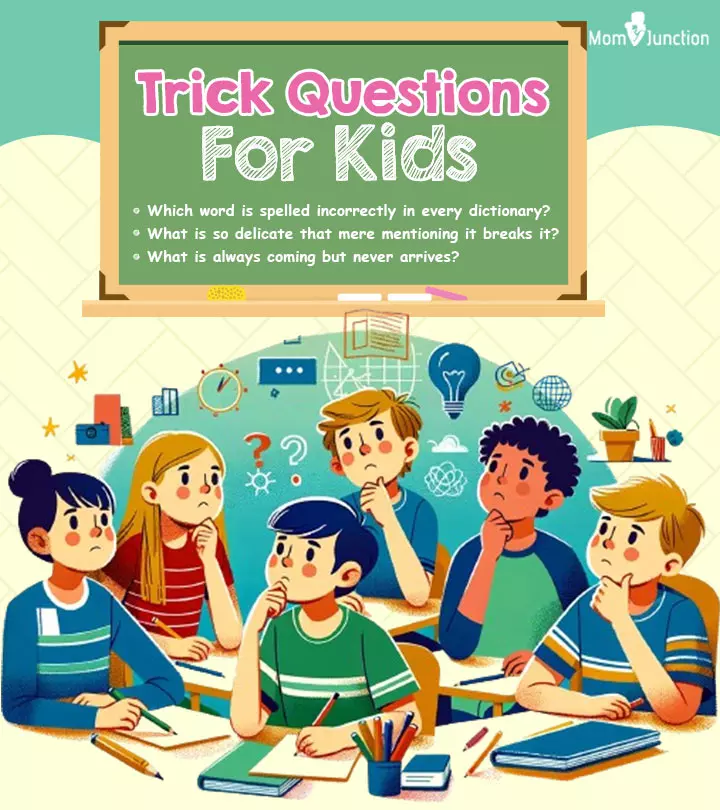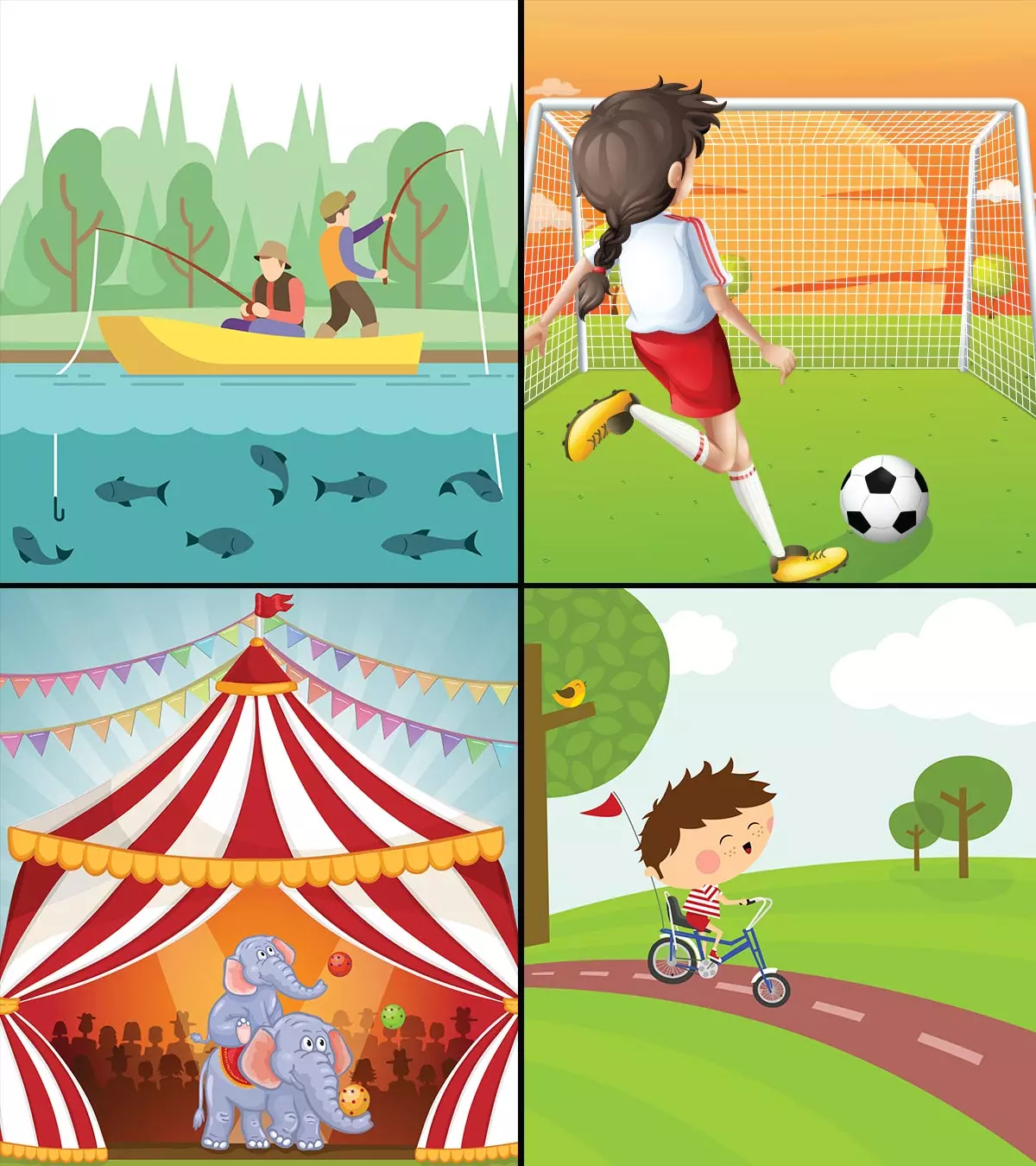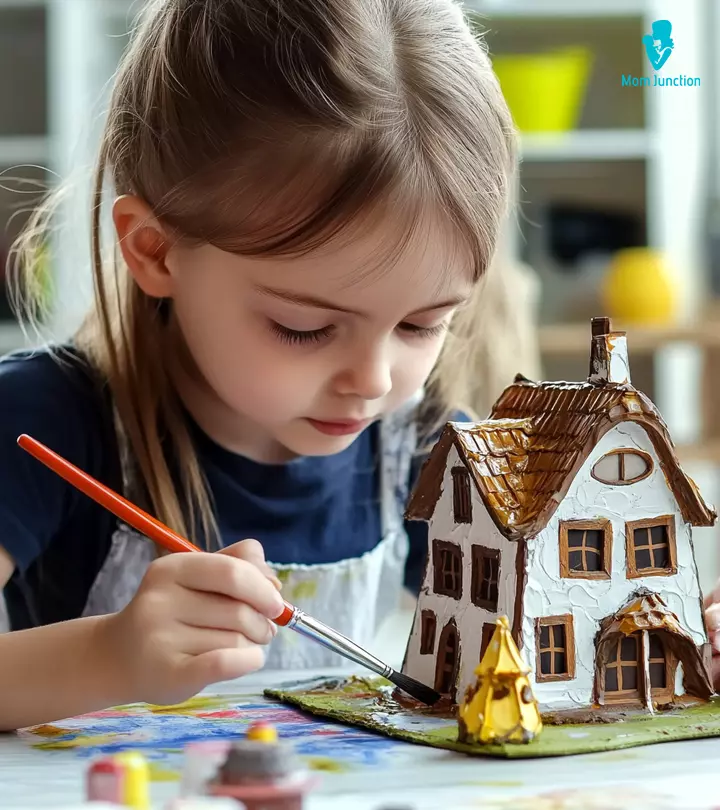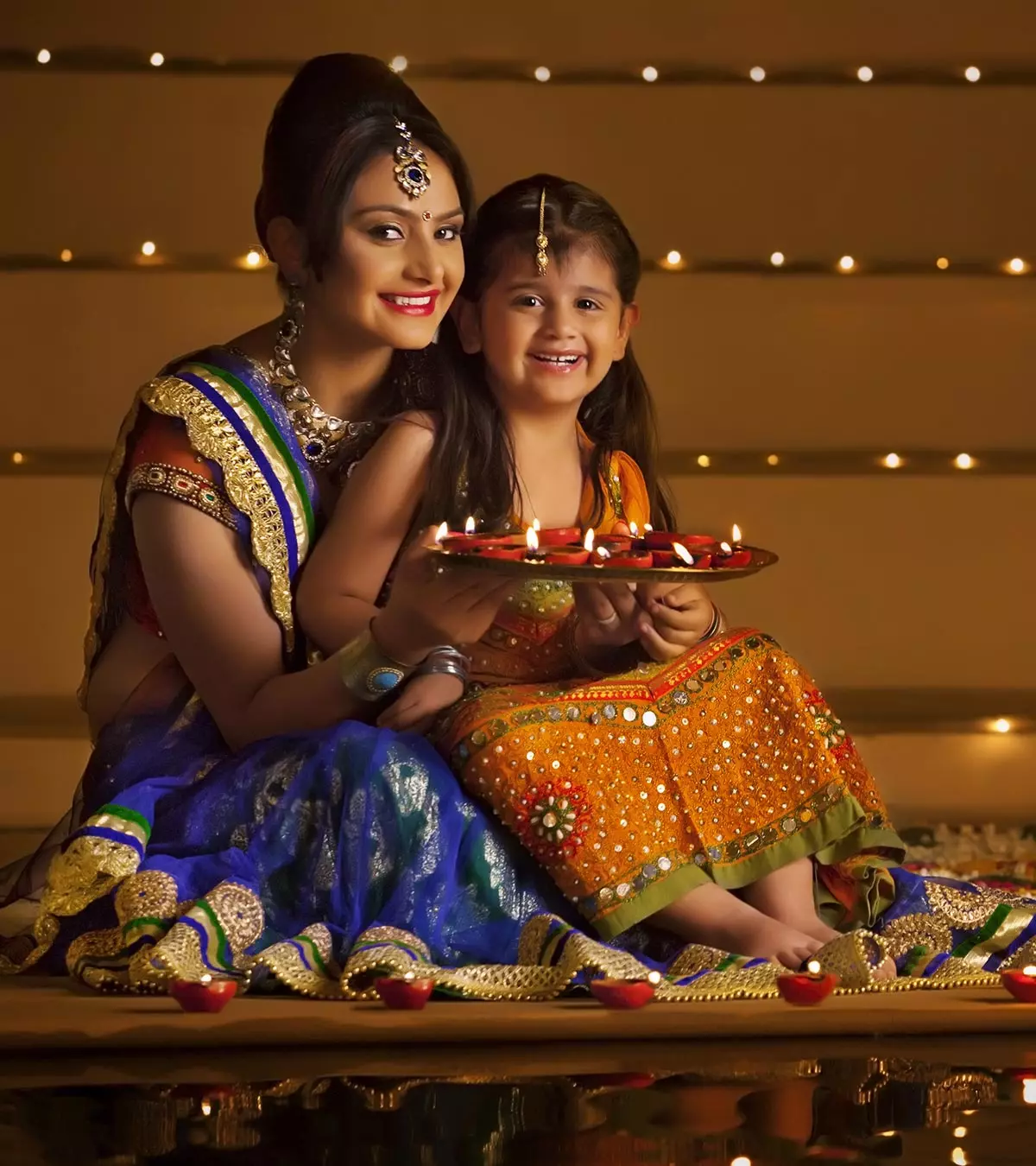
Image: Shutterstock
India is a country with diversity and numerous festivals from numerous religions. While certain festivals are celebrated all over the country, some may be specific to region and religion. So, here’s our list of Indian festivals for kids to learn more about their culture and heritage. Introducing children to various festivals celebrated across the country can be a great way to make them appreciate diversity and respect all religions alike. If your child takes a keen interest in learning more about different cultures and traditions, you have come to the right place. Festivals are exciting for children, with lights, sweets, food, fun, and frolic. So, read on to learn more about them and teach your children the right way to celebrate.
Key Pointers
- India celebrates numerous festivals from different religions, showcasing its diversity.
- Major Hindu festivals like Diwali, Holi, Dussehra, Maha Shivratri, and Onam are widely celebrated in India.
- Festivals like Christmas, Eid-Ul-Fitr, and Guru Nanak Jayanti are also celebrated with enthusiasm.
- These festivals provide opportunities for children to learn about India’s cultural heritage and traditions.
1. Diwali
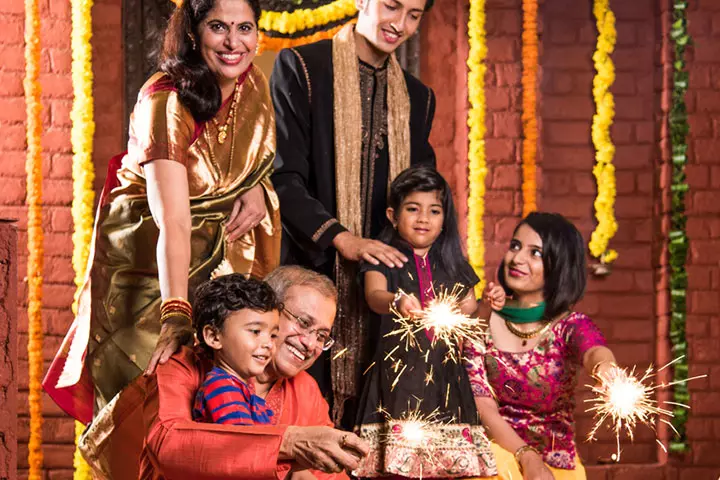
Image: IStock
Diwali, or Deepawali, is observed with equal fervor by Hindus all over India, and the world. The festival was celebrated for the first time when Lord Rama returned to Ayodhya from exile after 14 long years. People of Ayodhya celebrated the event by lighting lamps on the doorsteps and windowsills. Even today, small clay lamps and candles are lit during the celebration. The lights represent the victory of the good over evil. The celebrations also mark numerous cultural programs. Exchanging sweets and gifts is also a long-standing tradition of Diwali.
There is also a tradition of worshiping Goddess Lakshmi on the evening of Diwali. Though Diwali is a 5-day festival, people start preparing for it weeks before the actual festival. They clean and beautify their houses. It’s said that Goddess Lakshmi only enters houses that are clean and brightly illuminated.
The last day of Diwali marks the festival of Bhai Dooj. Bhai Dooj falls on the Shukla Paksha Dwitiya in the Hindu month of Kartik. It is known by various names in different regions of India. On this day, sisters perform aarti of their brothers and apply a ‘tilak’ on their forehead. This is followed by exchanging gifts and sweets.
In South India, Diwali commemorates Lord Krishna’s victory over the demon NaraksuraiA mythological demon believed to be the son of Goddess Earth and Lord Vishnu .
Diwali also marks the beginning of the Hindu New Year and new financial year.
Encourage your child’s interest in the festival through these Diwali-themed coloring pages and help them learn while having fun.
 Did you know?
Did you know?2. Holi
Holi, also known as the “Festival of Colors,” is a festival of fun, mirth, frolic, dance, music and color. It commemorates the slaying of Holika, the she-demon, by Lord Vishnu’s ardent devotee Prahlad. It is also believed that Lord Shiva opened his third eye and burned KamadevaiHindu mythological deity of human desire and love to death on this day. People of South India worship Kamadeva for his extreme sacrifice on the day of Holi.
The festival name ‘Holi’ comes from the Sanskrit words from ‘Holika Dahanam’, which means ‘Holika’s slaying.’ This colorful festival is celebrated on the Purnima or Full moon according to the Hindu calendar. The ceremony of Holika Dahan is observed on the first day. The following day, people celebrate Holi by throwing colored powder and squirting colored water upon each other. Kids dunk each other in mud pools. In many parts of India, people also consume Bhang, a paste made from the cannabis plant, during Holi.
Holi is also celebrated in the memory of the immortal love of Radha and Krishna. Young Krishna would always complain to his mother why Radha had a fair complexion while he was dark. Yashodha suggested him to apply color on Radha’s face to change her complexion.
In some regions, Holi glorifies the new harvest and return of color in nature. It is an important festival of India.
3. Eid-Ul-Fitr
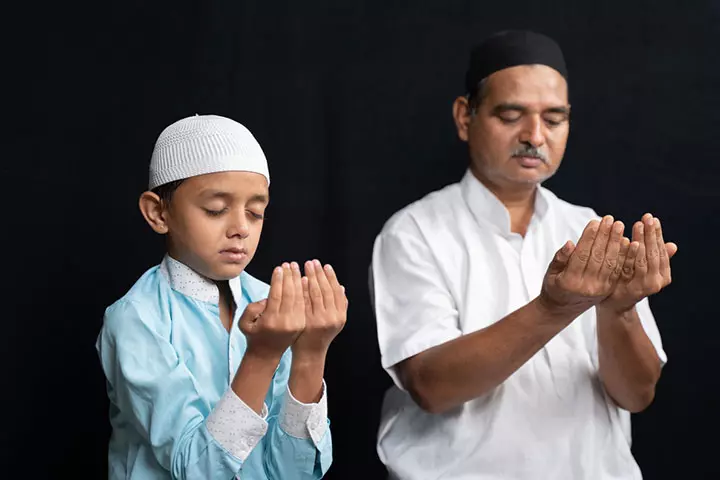
Image: IStock
Eid-Ul-Fitr is the most important festival in the Muslim community, not just in India, but also across the globe. The festival marks the most significant day in the Islam, the completion of 30 days long fast of RamadaniA holy month in the Islamic calendar during which Muslims fast from dusk to dawn .
The 3-day celebration includes wearing new clothes, exchanging gifts and giving small sums of money to children. Visiting friends and relatives to exchange greetings is also a feature of this festival.
Navaratri is the Hindu festival of dance and worship. The Sanskrit meaning of the term Navaratri is ‘nine nights’. During this festival, people worship forms of Shakti. In Gujarat, Navaratri is the time for lively Garba dance. Men and women dance around an earthen lamp on devotional music. And in Tamil Nadu, the first three days of Navaratri are dedicated to Goddess Lakshmi, the other three days to Goddess Durga and the last three days to Goddess Saraswati.
Dussehra or Vijayadashami as it is commonly called is the day that follows the nine days of Navaratri. Dussehra commemorates the defeat of Ravana by Lord Rama. During the nine days of Navaratri, Ramleela, an enactment of Rama’s story is staged in various parts of the cities, towns and villages. Folk music constantly accompanies the performance of Ram Leela. On the tenth day, the actor playing the role of Rama throws fiery arrows on larger than life effigies of Ravana’s, Meghnath and Kumbhkarna. These effigies are filled with fireworks that result in a brilliant spectacle. The clamor is enhanced by the shouts of merriment by the spectators.
The festival of Dussehra also coincides with the victory of Goddess Durga over the demon Mahishasura. Durga Puja is celebrated jubilantly in West Bengal. Dance, drama, and cultural performances are held throughout the state. The pandals are decorated beautifully, and people gather in large numbers to enjoy the festivities. The city looks like an open-air art gallery. The vibrant festival lasts for ten days, out of which nine days are spent in worship, and one the tenth day, huge statues of Goddess are immersed in the Ganges River. This is one of the important festivals in India that kids should know.
5. Ganesh Chaturthi
Ganesh Chaturthi is the most important festival in Maharashtra. This 10-day long festival honors the birth of the beloved, elephant-headed God, Lord Ganesh. It begins on the Shukla Chaturthi and ends on the Anant Chaturdashiof the Bhadrapad month. Legends say that Lord Shiva created Lord Ganesh as the obstacle-averter in the path of Devas and obstacle-creator in the way of demons.
Huge, beautifully crafted statues of Lord Ganesha, are installed in the homes and podiums of the devotees. A special sweet called ModakiAn Indian treat made of a flour-based outer coating and contains coconut and jaggery filling is prepared and offered to Lord Ganesh on the day of the festival. At the end of the festivities, the statues are paraded through the streets and immersed in the ocean.
 Did you know?
Did you know?6. Onam
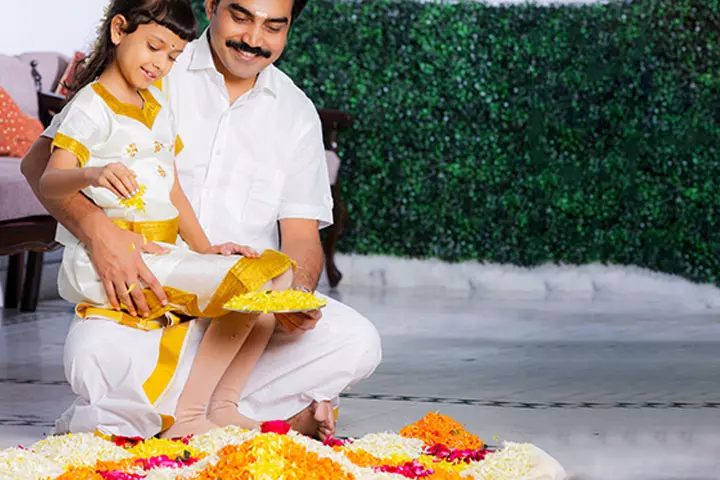
Image: IStock
Onam is a harvest festival marking the homecoming of King Mahabali. The Onam Carnival, lasting for ten days, brings out the best of Kerala tradition and culture. People decorate the front of their house with intricate Pookalamm, floral Rangolis.
Traditional feasts of rice with four different types of curries are served on banana leaves. The exotic Kaikottikali danceiA well-known temple dance that men and women perform during Onam to honor the bountiful harvest and Snake Boat Race are some of the remarkable features of Onam.
7. Janmashtami
The story of the birth of Lord Krishna is known to most children. Janmashtami or Krishnastami commemorates the birth of Lord Krishna, the 9th incarnation of Lord Vishnu. Krishnastami is celebrated over the period of two days. The first day is Gokul Ashtami and the second day is Kalastami, more popularly known as Janmashtami.
The devotees observe fasting until midnight on the occasion of Janmashtami. Since infant Krishna was fond of milk and butter, women prepare a wide range of delicacies to offer to him. Thousands of devotees throng to the beautifully decorated temples to worship Lord Krishna.
A fun tradition of this festival is ‘Dahi Handi’. It involves people climbing on each other to form a human pyramid. The person on the top of the pyramid then attempts to break open the clay pot filled with curd that is usually hung high from the buildings. You can explore more Janmashtami activities for kids to involve them in the festivities.
8. Christmas
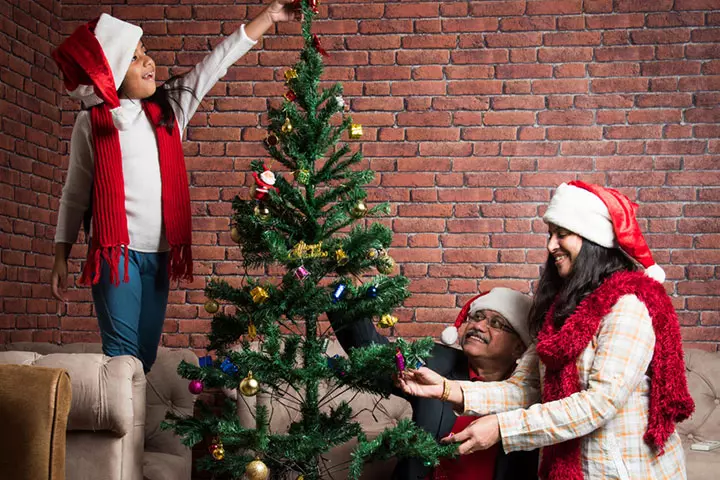
Image: IStock
Christmas is celebrated by both Christians and non-Christians in India. Even though Indians observe similar traditions as the west, some influences of the local Indian tradition can still be seen.
The metropolitan cities of India like Mumbai, Kolkata, and Delhi wear a festive look during the Christmas. The malls and markets are decorated beautifully with lightings and ornaments. Exchange of gifts and family reunions are the stock features of this festival.
9. Pongal
Pongal, also called Makar Sankranti, is a 3-day harvest festival celebrated on the 14th of January every year. On the first day of Pongal, the house is cleaned thoroughly, and the discards are burned. Children sing and dance along to the bonfire. On Surya Pongal, South Indians prepare a sweet Pongal and thank the Sun God for the bountiful harvest. Mattu Pongal, the last day of Pongal is celebrated to pay respect to the cows.
10. Raksha Bandhan
Raksha Bandhan, a festival celebrating the noblest and the deepest bond between a brother and sister, is observed by Hindus, Jains, and Sikhs all over India. It falls on the brightest night of the month of Shravan.
On this day, sisters tie a sacred thread on their brothers’ wrists. The thread reminds the brother of the responsibility he has towards his sister. It signifies that the brothers have to protect their sister under all circumstances. This ritual is followed by the exchange of gifts and sweets.
11. Baisakhi
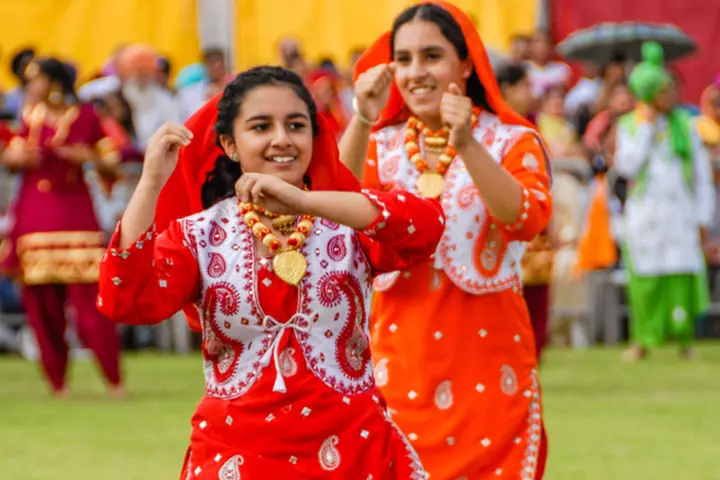
Image: Shutterstock
Baisakhi or Vaisakhi is an important festival in India celebrated by the Sikh community. It is the harvest festival and Punjabi New Year, all rolled into one. Bhangra, the Punjabi folk dance is performed with fervor on Baisakhi.
Besides the harvest season, Baisakhi also marks the birth of Khalsa. By organizing the Sikhs into Khalsa, Guru Gobind Singh eliminated the differences between high and low. He established that all human beings were equal in the eyes of God.
12. Maha Shivratri
Maha Shivratri, the great night of Shiva, is celebrated on the 14th day of the Margashirsha month. It commemorates the marriage of Lord Shiva and Goddess Parvati. People celebrate this festival by fasting and offering Bilva leaves to Lord Shiva. There is also a tradition of giving a holy bath to the ‘Shiva Lingam’.
According to the legend, King Bhagirath left his kingdom to meditate for the salvation of the souls of his ancestor. He prayed incessantly to the holy River Ganga to wash over the ashes of his ancestor and release them from the curse so that they can go to heaven. But only Lord Shiva could sustain the weight of his lineage. So he prayed to Lord Shiva, who, after meandering through the solid rocks, reached the earth. This story is reenacted by bathing the lingam.
13. Karwa Chauth
Karwa Chauth is one of the significant festivals of north India for women. As the name implies, Karva means a clay pot and chauth means fourth.
It is a fast undertaken by married women, who offer prayers to God seeking the wellbeing and longevity of their husbands. It’s celebrated nine days before Diwali, on the fourth day of the Hindu month of Karthik. The women begin their fast before the sunrise and break only after spotting the moon. But the ways of celebrating Karva Chauth vary from region to region.
Karwa Chauth is not just the day when women pray to the Almighty for the long and prosperous lives of their husbands. It also symbolizes their unflagging loyalty to the spouses.
14. Guru Nanak Jayanti
Guru Nanak Jayanti, also known as Gurupurab, marks the birth anniversary of Guru Nanak, the founder of the Sikh faith. The Granth Sahib, the holy book of the Sikh is read for two days and nights preceding the festival.
A splendid procession is taken out on the day of the festival. The Guru Nanak Jayanti celebrations in Amritsar are exceptionally impressive and it is one of the famous festivals of north India.
15. Makar Sankranti
Makar Sankranti is the only Hindu festival centered on the Solar calendar. According to the legend, Bhishma, the hero of Mahabharata waited for an auspicious time to give up his life. It is believed that a person dying on this day reaches the Eternal Bliss and the Abode of Light. Makar Sankranti is celebrated by taking dives in the Ganges and offering water to the Sun God.
In Uttar Pradesh, Makar Sankranti is called Khichri Sankranti. Gujaratis have a custom of making handmade gifts for their near and dear ones.
Kite festivals are also organized on Makar Sankranti. Kite flyers from all over the country participate in this festival.
16. Gudi Padwa
Gudi Padwa is a significant Hindu festival, predominantly celebrated in Maharashtra, marking the onset of the New Year in the Hindu calendar. Typically observed in March or April, the festival that falls on the first day of the Chaitra month initiates the Hindu calendar. Widely celebrated in regions such as Maharashtra, Madhya Pradesh, Dadra and Nagar Haveli, Goa, and Daman and Diu, Gudi Padwa signals the arrival of spring and the harvest of rabi crops. As per Hindu mythology, the festival is associated with the day when the Hindu god Brahma created time and the universe. A key tradition involves hoisting the Gudi—a flag-like structure made of bamboo, adorned with colorful cloth, and crowned with a copper or silver pot—outside homes, symbolizing victory and auspicious beginnings.
Frequently Asked Questions
1. Why do families celebrate festivals together?
Festivals bring people and communities together. They help us rejoice in the moment, spread joy, and celebrate the glorious history, culture, and traditions. Children can learn about various cultures and rituals by following their elders and engaging in the preparations. The family can take a break from the monotony of life to come together and share the festive excitement.
2. What is the importance of Indian festivals?
A festival is an event held by a community to commemorate some aspect of that community’s religion or customs. It is usually observed as a national or local holiday. In India, festivals are centered around God’s birthdays, traditional rituals, and seasonal changes. Festivals are celebrated throughout the country, bringing people together and forging strong bonds of humanity.
3. How have these festivals evolved over time, and what are some modern-day adaptations of these celebrations for kids?
With urbanization and globalization, many new influences have been on Indian festivals. With the advent of technology, the distances have reduced, creating a feeling of familiarity even though they are far apart. Parents in urban areas have also become aware of the ecological consequences some practices could have, and hence, they have started adopting eco-friendly practices. In recent years, visiting an orphanage and helping those less fortunate than us or conducting art and craft workshops for children during festivals have gained popularity.
4. How do kids from different religious and cultural backgrounds come together to celebrate these festivals?
Usually, bigger festivals like Diwali and Eid are celebrated publicly. This encourages children of other faiths and cultures to participate in the festival. Dramas, arts, and school activities also play a huge role in teaching children the importance of unity in diversity.
5. How do parents and schools educate children about the significance of these festivals and their role in preserving Indian culture?
Parents and teachers can narrate mythological stories to educate their children about the significance of Indian festivals. Most of the festivals have a mythological story connected to them. These stories also allow children to learn about other religions and cultures. According to Shilpa Arya, a mother and a blogger, ”I love teaching my daughter the traditions that we follow during these festivals. Along with the traditions, I want her to know the story behind these festivals too. The best way to teach her and her friends is through the books as they love story time. I got this book named Amma, Tell Me About Diwali..! from the library last week, which was perfect for our Diwali play date. This book is written by Bhakti Matur. When I read the book for the first time, I felt it had too many pages and it may not grab the kids’ attention because of its length. But to my surprise, my kids did not get distracted or bored during the whole story session. My kids were very curious to know about the festival and gods and were asking me lots of questions on each page (i).”
6. How do Indian schools and educational institutions incorporate the celebration of festivals into their curriculums?
Schools can encourage students to participate in arts and drama to celebrate festivals. Elocutions and debates are also good way to celebrate festivals and consider the characters. They can ask children to make crafts such as masks or puppets of mythological characters and enact a certain story.
7. How do Indian festivals foster community and togetherness among children and families?
Rituals, traditions, communal celebrations, charity, community service, exchange of gifts, and cultural performances foster community and togetherness among the people.
8. How do Indian festivals help preserve and pass on cultural traditions from generation to generation?
The rituals connected to each festival have been practiced for several generations. Children observe these rituals and learn the correct way to perform them. Children start appreciating the time spent together with friends and family. These aspects soon become ingrained in children, and they become ready to pass them on to the next generation.
Indian festivals for kids help them learn more about the heritage and culture of the nation. It can be fascinating to witness the colors of festivals from various parts of India. Diwali, Holi, Eid-Ul-Fitr, Navaratri, Durga Puja, Dussehra, Ganesh Chaturthi, Onam, Janmashtami, Christmas, Pongal, Baisakhi, Maha Sivaratri, Raksha Bandhan, and Makar Sankranti are some of the popular festivals celebrated in the country. Also, New Year’s Day is celebrated on different dates by different communities. Ugadi, Baisakhi, Gudi Padva, and Poila Boisakh are a few of them. There are various activities, sweets, foods, and decorations at each festival. Share the stories, explain the facts, and let your little ones enjoy each and every festival.
Infographic: Indian Gods And Festivals Associated With Them
Most of the festivals have a religious backdrop and mythologies surrounding them. Therefore, understand the various Gods as each represents a different aura, energy, and domain. Read through the infographic below to learn about various Indian Gods and festivals related to them. Illustration: Momjunction Design Team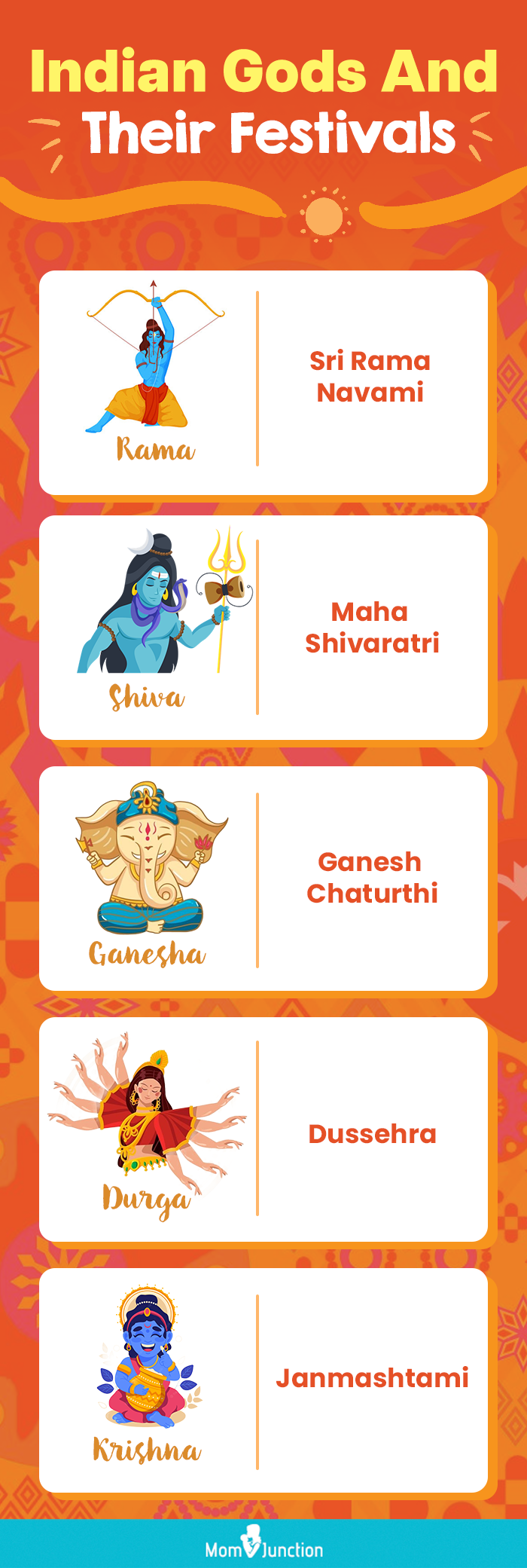
Experience the vibrant culture of India with this compilation of kids festivals! In this video, you can explore the different sides of India through the various festivals.
Personal Experience: Source
MomJunction articles include first-hand experiences to provide you with better insights through real-life narratives. Here are the sources of personal accounts referenced in this article.
i. Amma, Tell Me About DIWALI…!!https://shilparya.wordpress.com/2017/10/21/amma-tell-me-about-diwali/
Community Experiences
Join the conversation and become a part of our nurturing community! Share your stories, experiences, and insights to connect with fellow parents.
Read full bio of Manjiri Kochrekar
Read full bio of Harshita Makvana
Read full bio of Ghazia Shah






